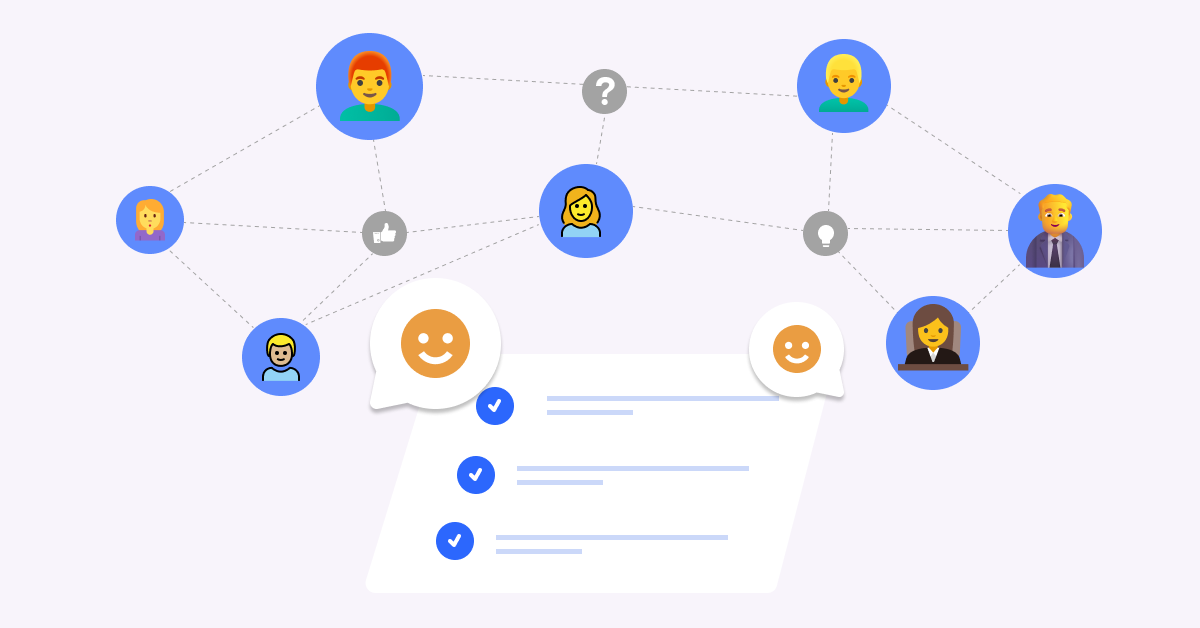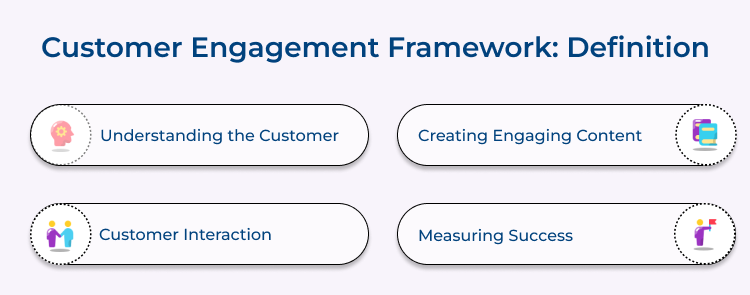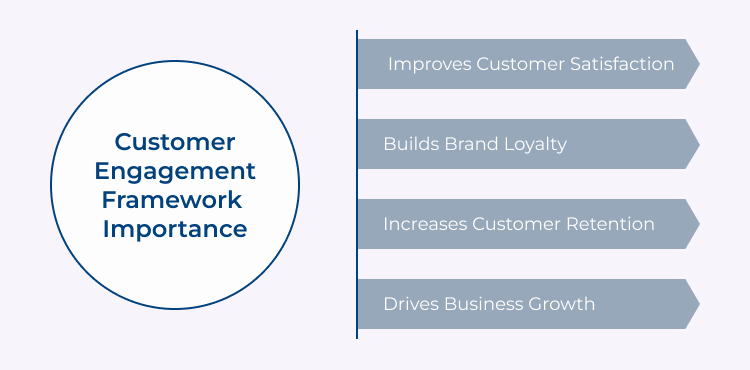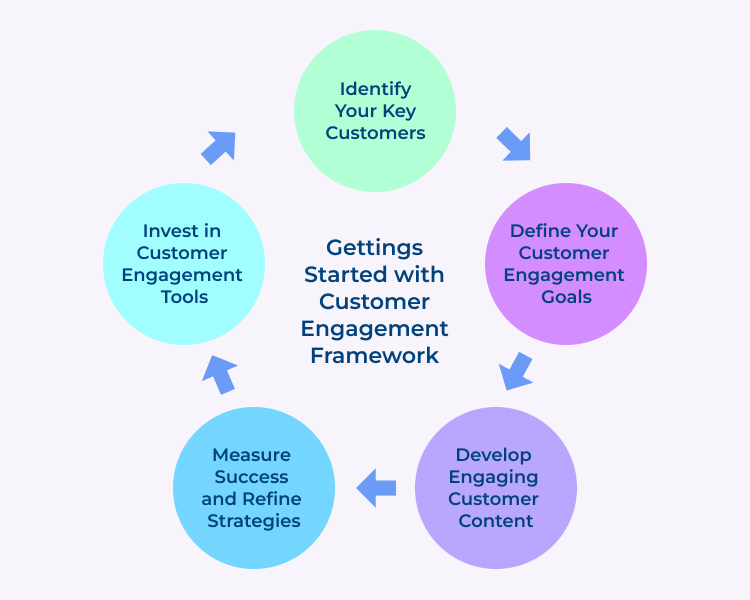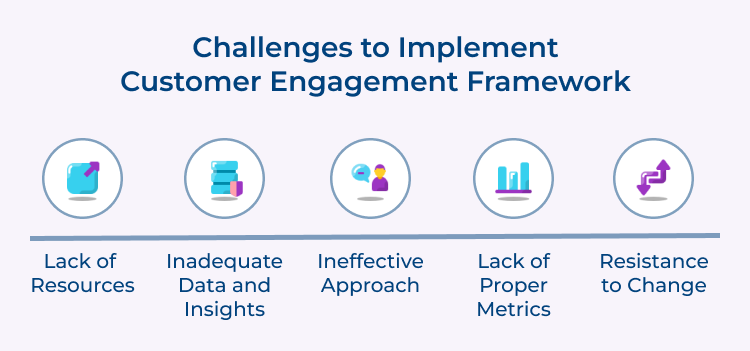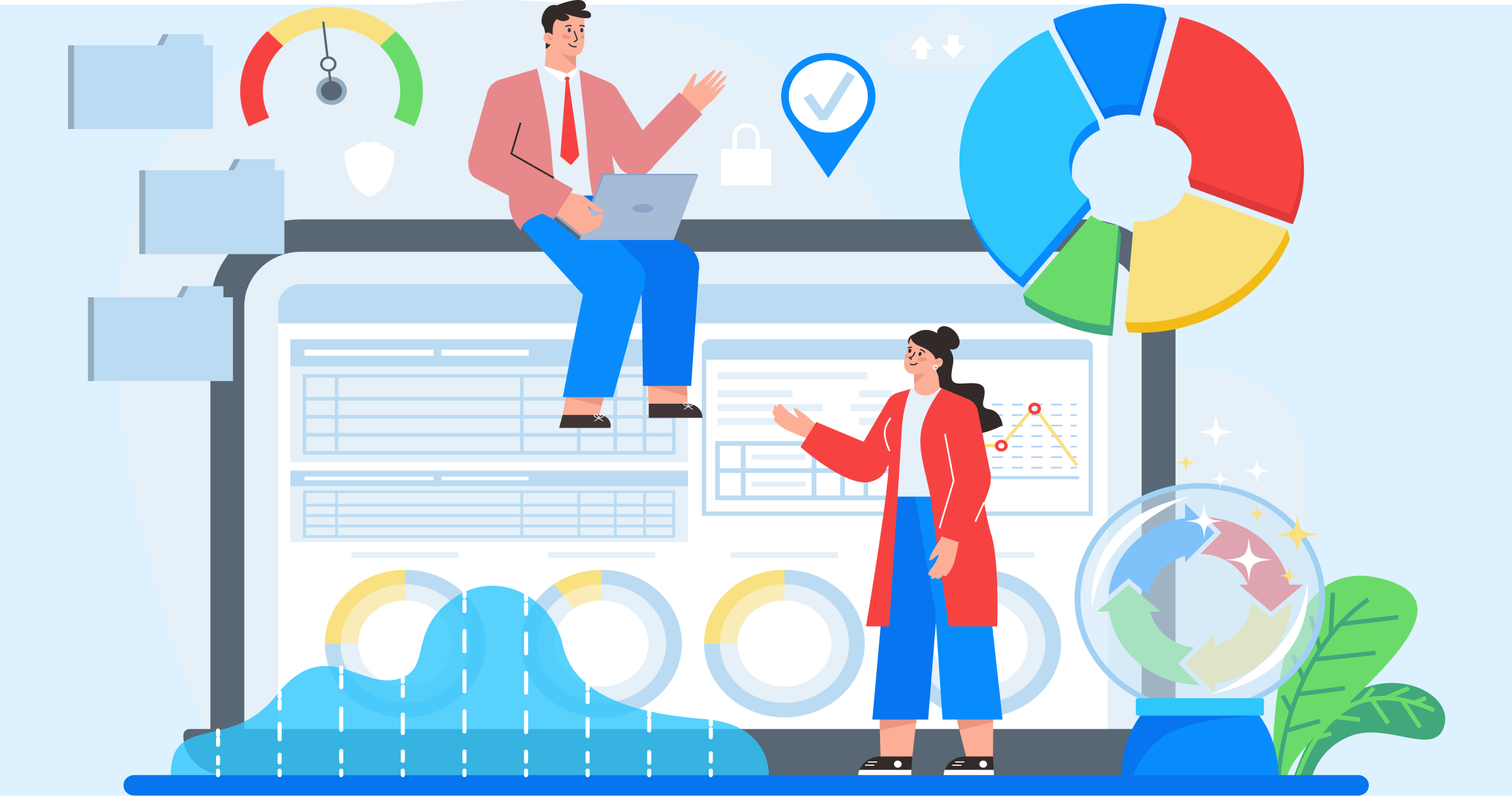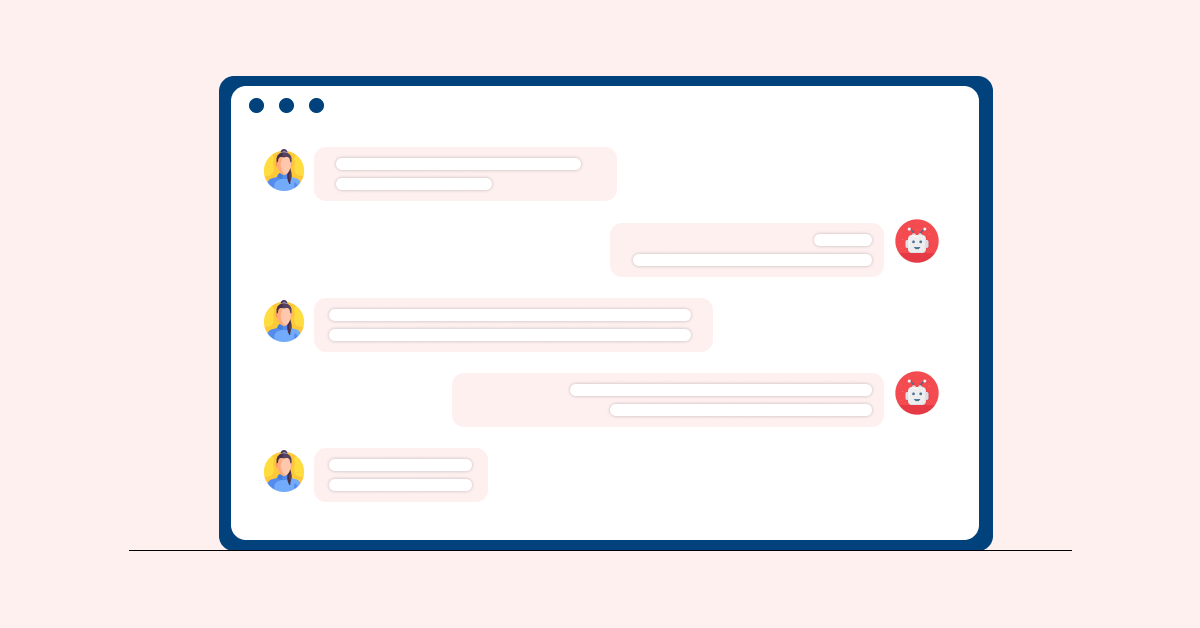1. Personalization
Personalization is a customer engagement framework designed to create unique and tailored experiences for each customer.
The framework focuses on –
- Gathering information about each customer’s preferences, behaviors, and purchase history.
- The data is then analyzed to reveal insights into the customer’s shopping habits, which can be used to deliver personalized marketing campaigns, product recommendations, and targeted offers.
A successful example of personalization is Amazon’s “Recommended for You” feature. This feature utilizes machine learning algorithms to analyze customer behavior and preferences, offering personalized product recommendations based on their previous purchase history.
2. Community Building
Community building is a customer engagement framework aimed at building a sense of community among customers. The framework is achieved by creating a platform for customers to interact, share ideas, provide feedback, and connect with other customers as well as the brand.
A successful example of community building is the Apple Support Community. Apple created this community to allow customers to engage with the brand, share experiences, ask questions, troubleshoot technical issues, and provide feedback. This community has been instrumental in creating brand loyalty among Apple customers.
3. Gamification
Gamification is a customer engagement framework that uses game elements such as points, badges, and leaderboards to motivate customers to engage with the brand. It taps into human psychology, as customers are naturally inclined to compete, earn rewards, and achieve goals.
A successful example of gamification is Nike’s Nike Plus app. The app incorporates gamification elements such as challenges, rewards, and achievements to motivate customers to engage in physical activities. This has enabled Nike to build a loyal following of customers who regularly use the app to track their progress and compete with other users.
Customer Engagement Framework Future Trends
As businesses plan for the future, they should consider adopting a customer engagement framework that encompasses personalization, omnichannel communication and data-driven insights. By providing tailored experiences across multiple touchpoints, businesses can build stronger relationships with customers and drive long-term loyalty.
However, it is important to remember that customer engagement is not a one-size-fits-all solution. Businesses must continuously assess their strategy and adjust as needed to meet the evolving needs of their customers. By staying agile and adapting to changing trends, businesses can stay ahead of the competition and deliver meaningful experiences that drive growth.
